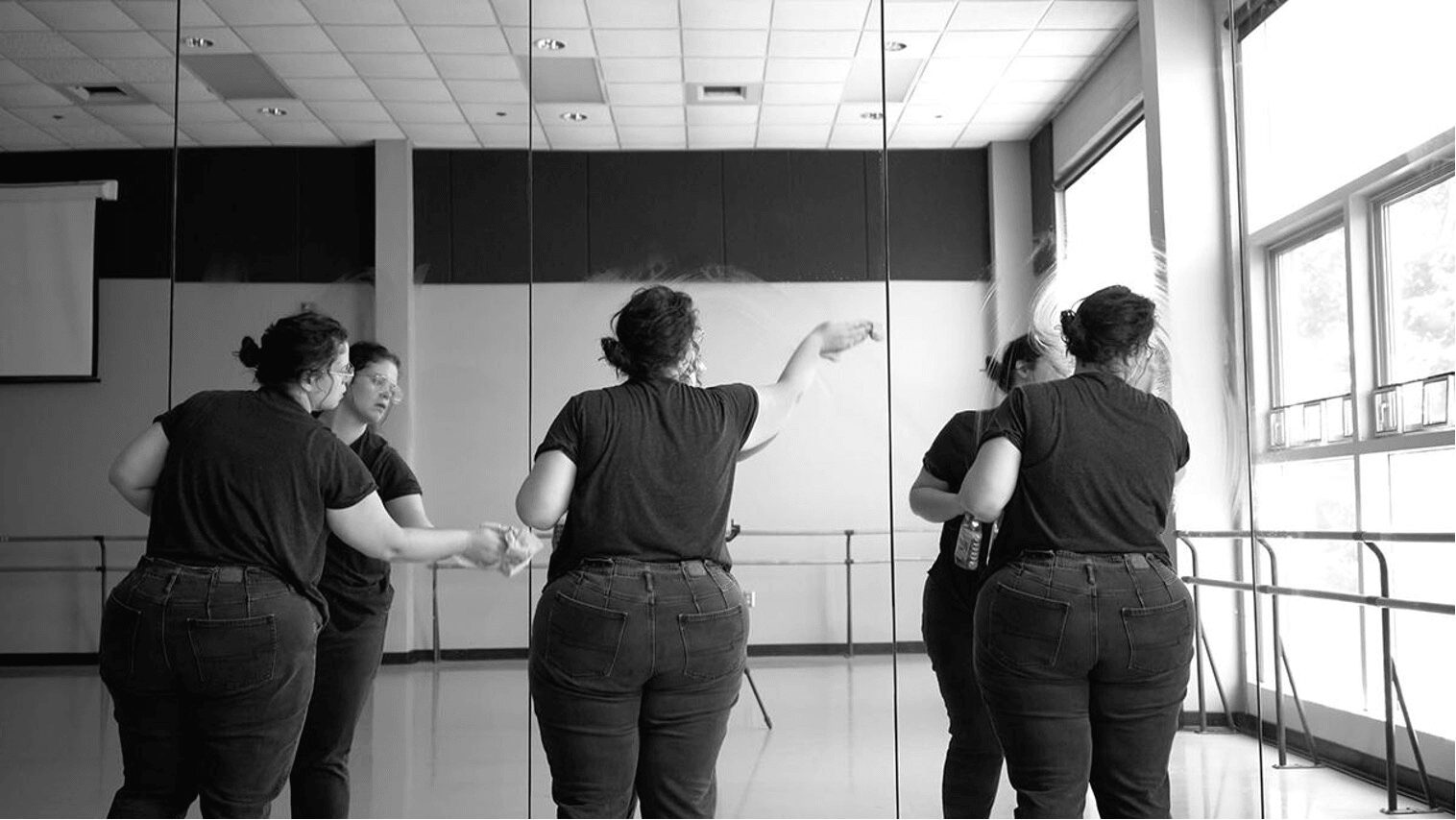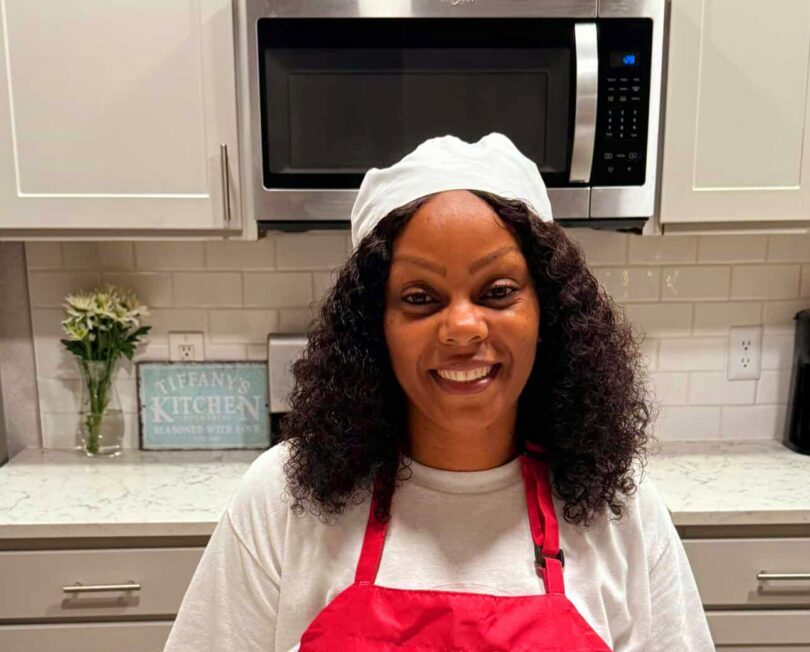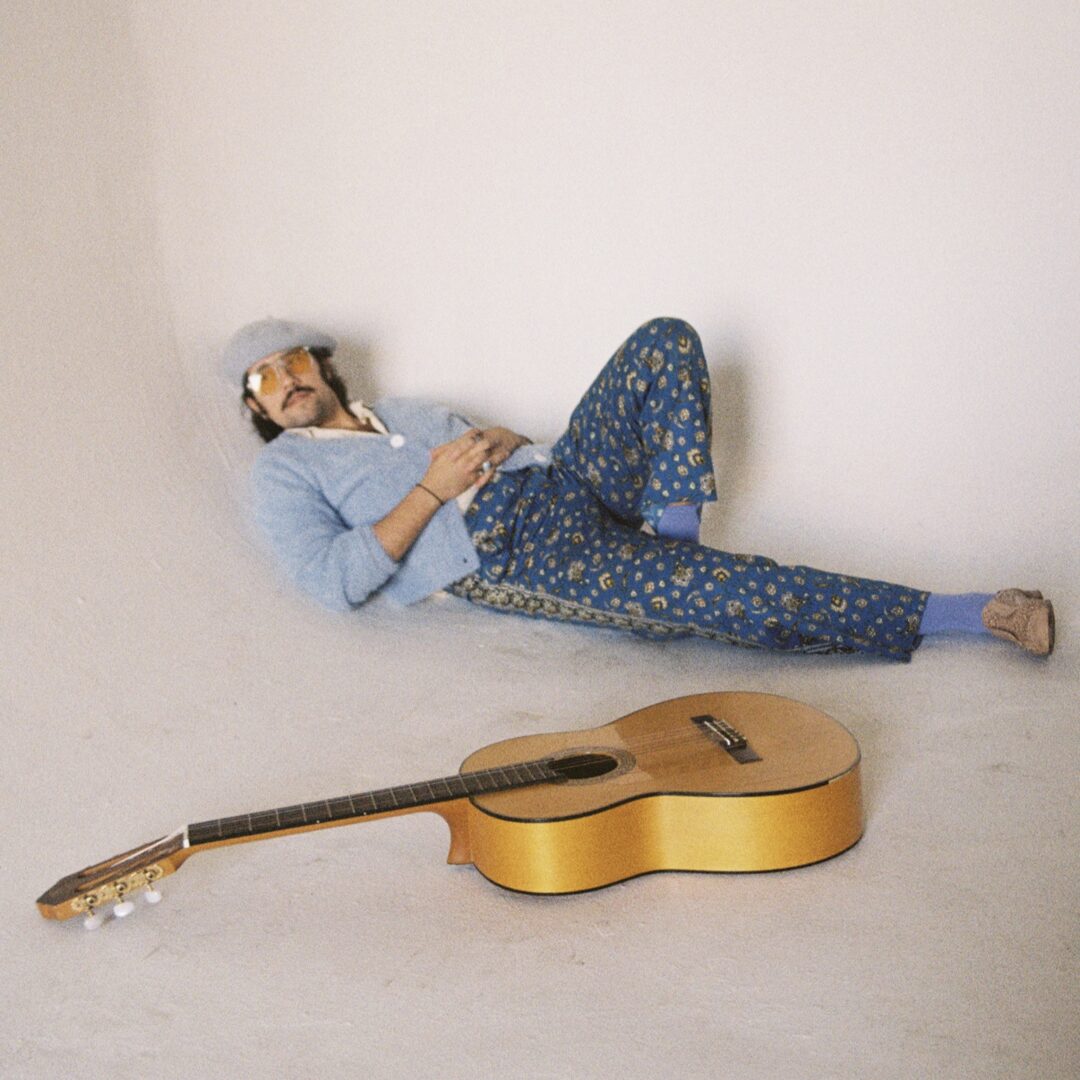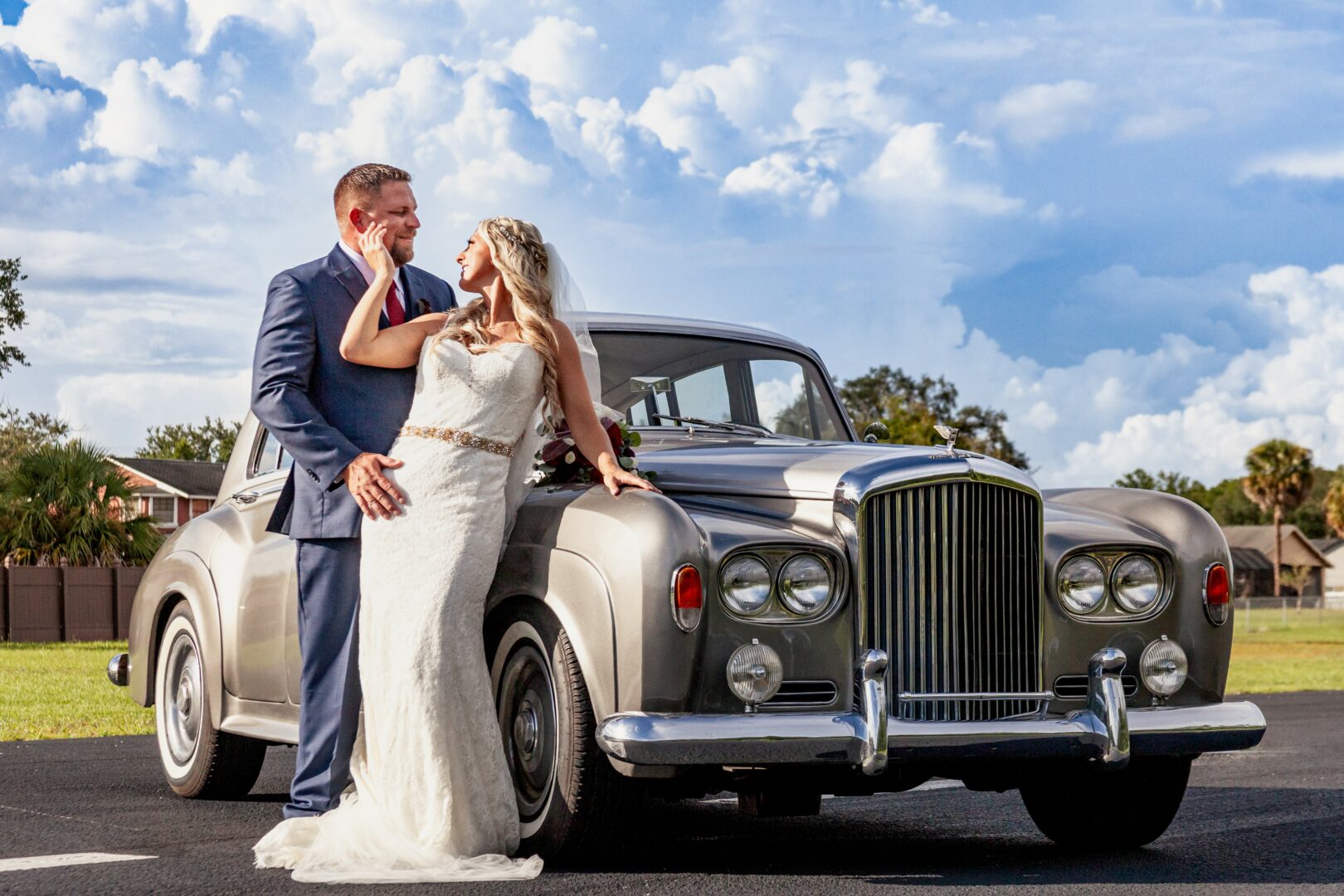We’re excited to introduce you to the always interesting and insightful Stephanie Sutton. We hope you’ll enjoy our conversation with Stephanie below.
Hi Stephanie, thanks for sharing your insights with our community today. Part of your success, no doubt, is due to your work ethic and so we’d love if you could open up about where you got your work ethic from?
I’m lucky to have influence from very opposite parents. My father was in the Navy and then worked for the US Postal Service for many years. So his regimental sense of hard work and a deep respect for the institution is a fundamental to who he is and certainly rubbed off on my sister and I. To the contrast, our mother is an entrepreneur. She is gritty, flexible, and clever, still operating a small building permit business that she created in the late 1980s, weathering many industry recessions with those business skills. My work ethic was developed watching them model how to be as creative as you are reliable.
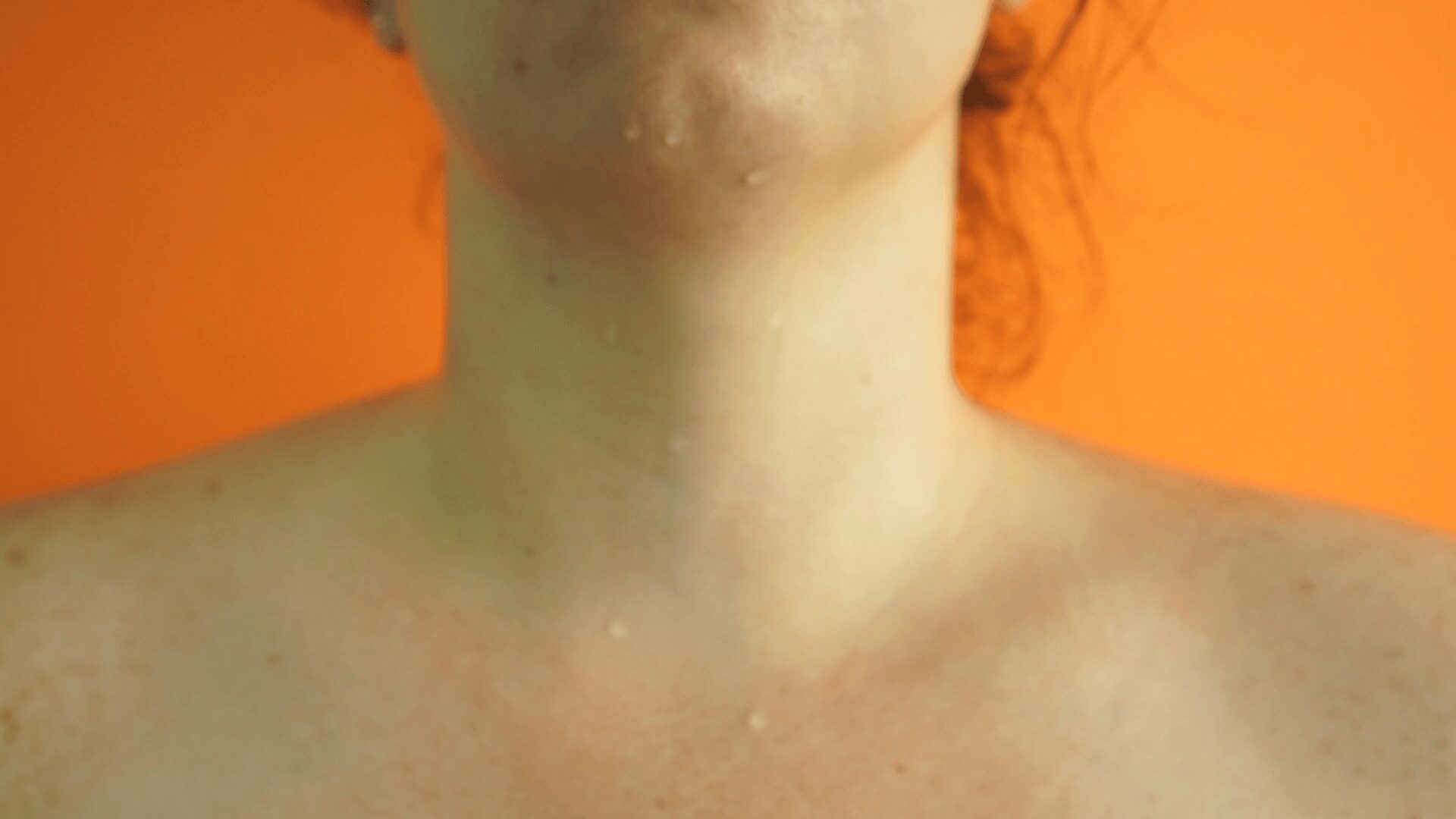
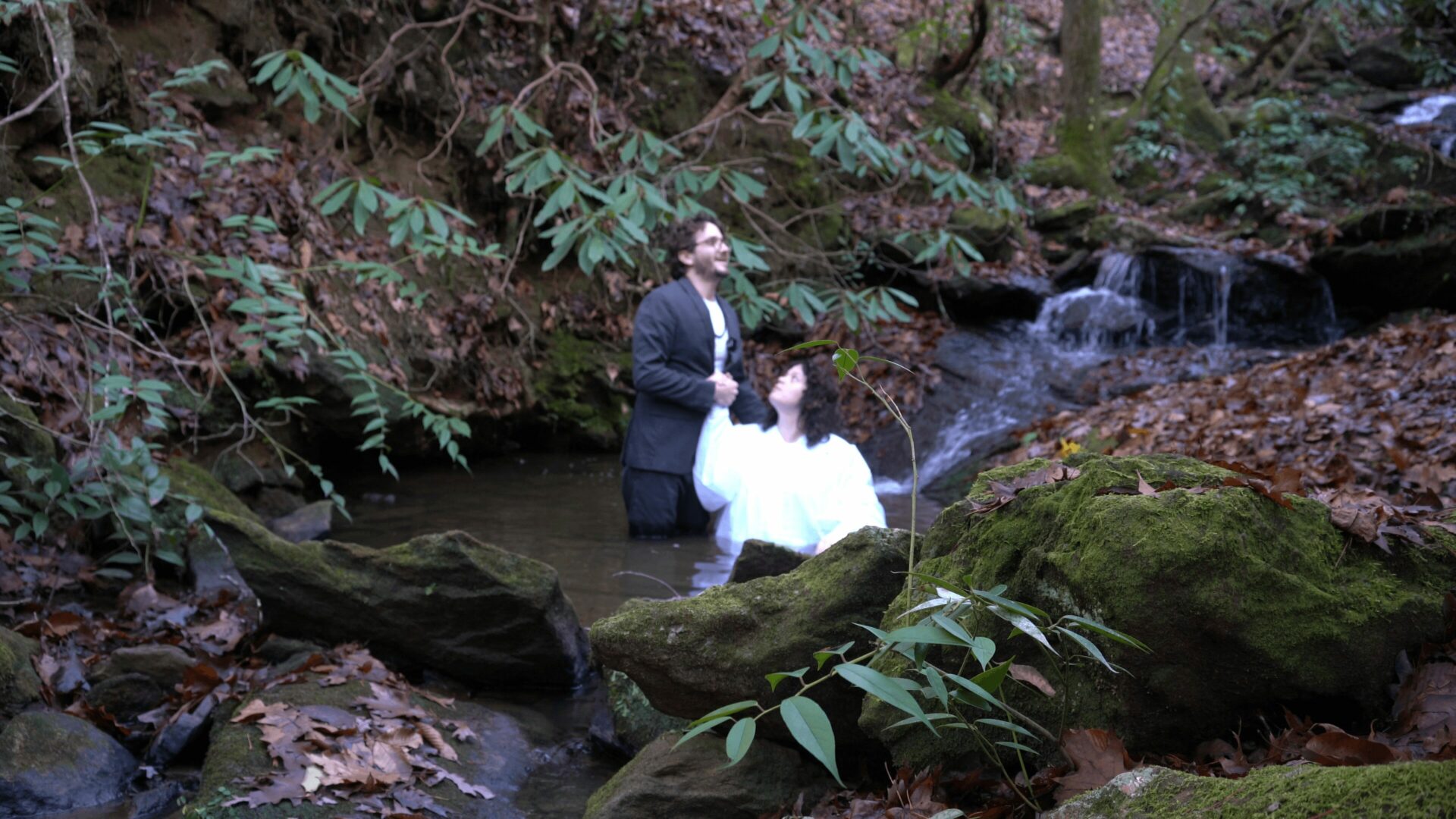
Great, so let’s take a few minutes and cover your story. What should folks know about you and what you do?
I am an artist and educator. I’m trained in traditional photography but my practice for the last decade combines photo with video, sculpture, installation, performance, and sound. I am currently an Assistant Professor of Expanded Media at Winthrop University in Rock Hill, South Carolina.
My practice is based in self-portraiture but ultimately asks viewers to question their relationship to the screen as a modern mirror. Using my own body through performances for the camera, I argue and advocate for the unique power the fat body has as a noncompliant, disruptive, and inescapable visual identity. Performances include rituals of labor and luxury to redefine value in disciplines and pleasure.
The most recent solo project I work on, Fit Tech, explored a deep cynicism of fitness culture with modern technologies in exercise and self-portraiture. The installation doubles down on the performative aspect of working out through multiple performance actions. I opt for minimal-resistance equipment and passive methods such as an electric vibration pad, a plastic bodysuit designed to maximize sweat production, an under-desk bike pedal, and a cold plunge tub. These trending wellness technologies are paired with software that continues my studio research into how we see ourselves through the mediation of the screen. I used face-tracking ai, a 360-degree camera, postproduction keyframing and scene selection, augmented reality and 3D scanning, and remote-control phone apps to be simultaneously in front of and virtually operating the camera. Through this process, I have recognized that the gym I am most motivated by is an artist studio – where one sweats after moving hot lights, twirls cameras to find the most interesting angle, and fills a stock tank with hundreds of pounds of ice.
I am excited for two upcoming solo exhibitions. In the spring of 2026, I will install multiple video works and photographs for the Alabama Contemporary Art Center. And this October (2024) at Mercer University’s McEachern Art Center in Macon, Georgia will finally show a body of work made 2008-2009 that has never been exhibited before. “FOODFACE” is a series of 99 diptychs that show the last thing I ate next to my face for a total of 9 months. The longterm photo project was an attempt to harness accountability and utilize the pressure of a future audience for the images as a way of changing my diet. Spoiler alert: it didn’t work.
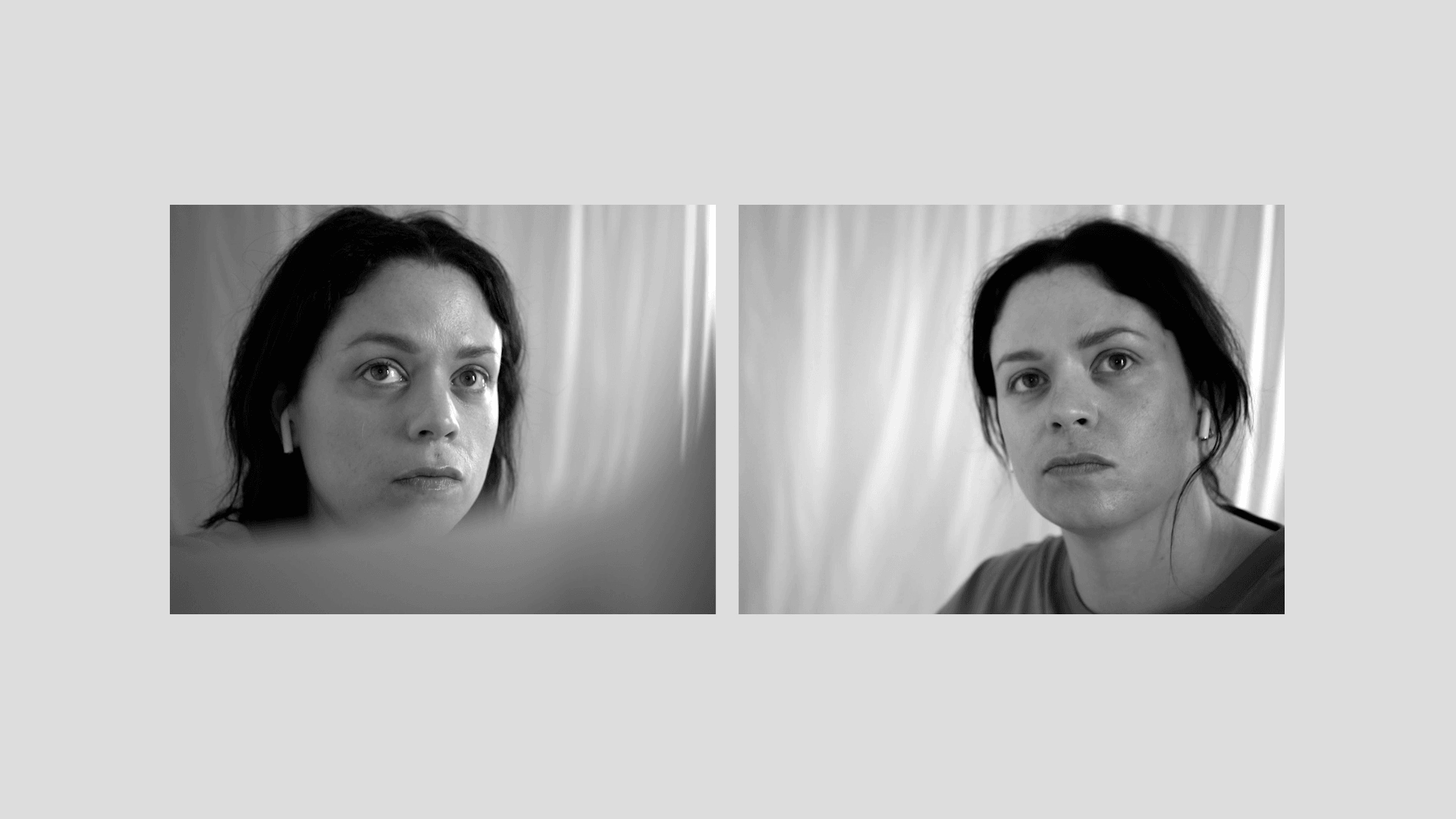
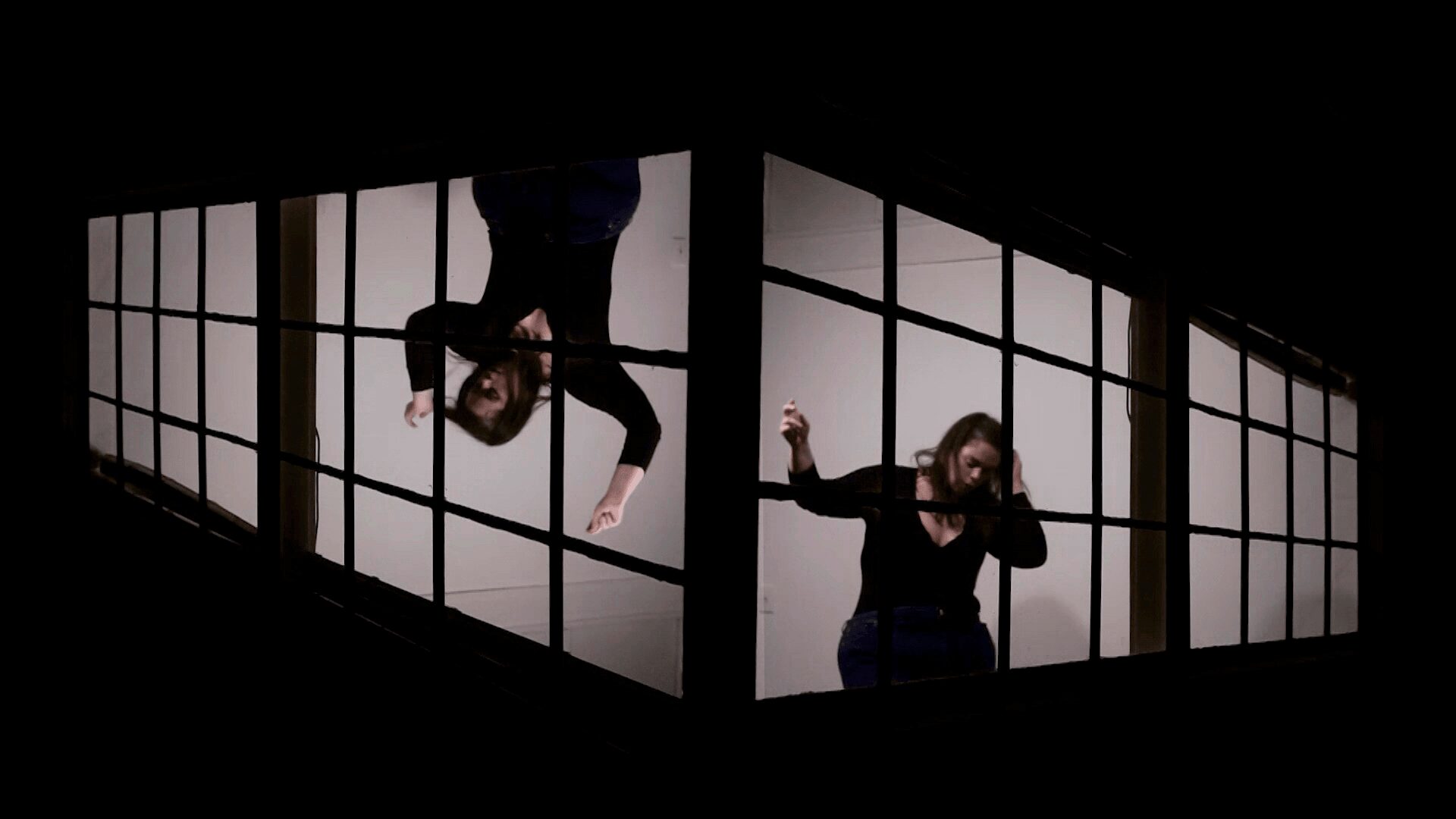
If you had to pick three qualities that are most important to develop, which three would you say matter most?
Be humble and honest. Ultimately the kind of jobs, opportunities, commissions, etc. that creatives want — those opportunities are looking for authenticity and someone who is teachable. It is important to be true to your personal values and point of view but realize that there’s something for you to learn at every table you sit.
And recognize that luck is stupid and necessary – don’t take it personal.
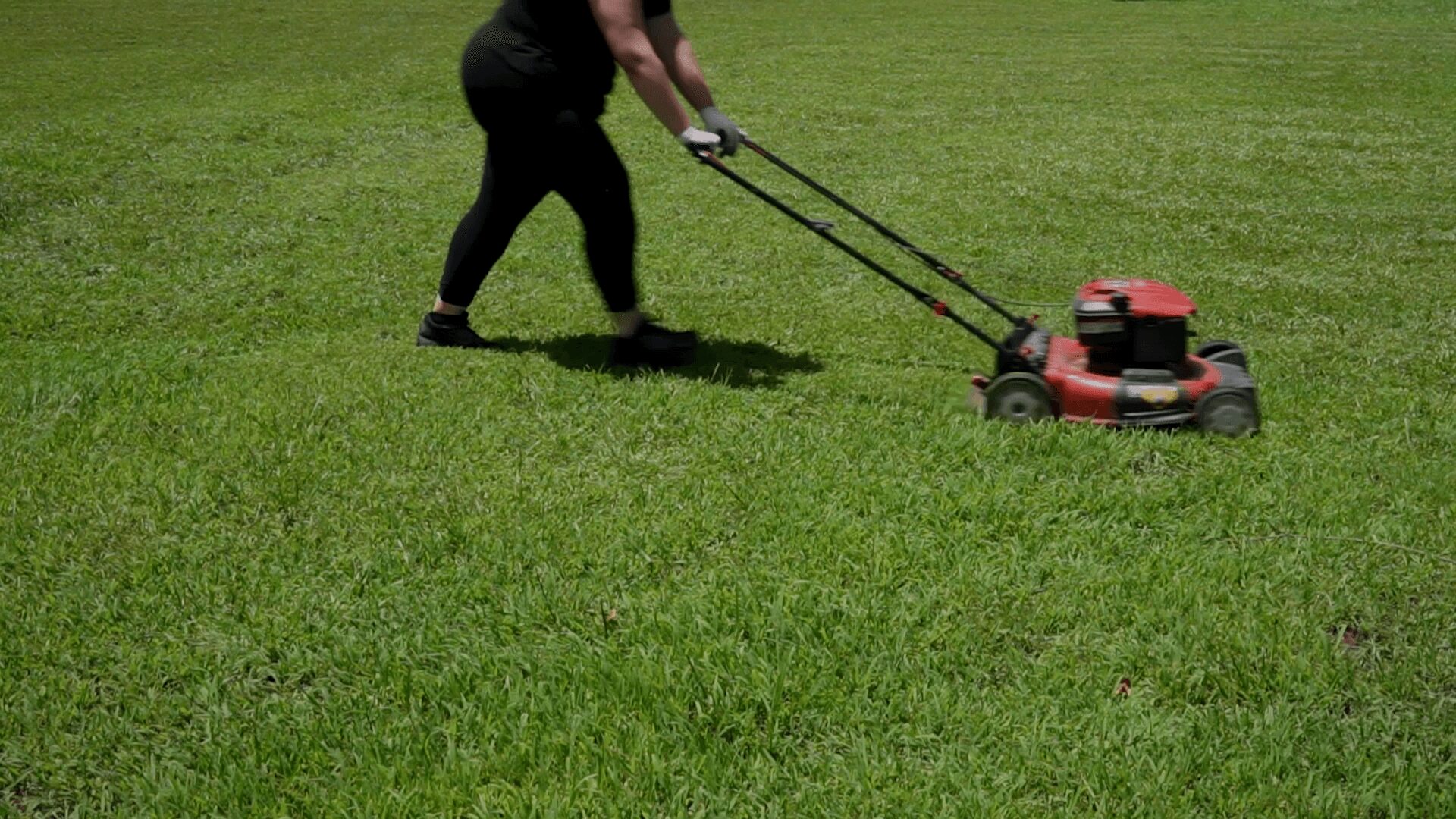
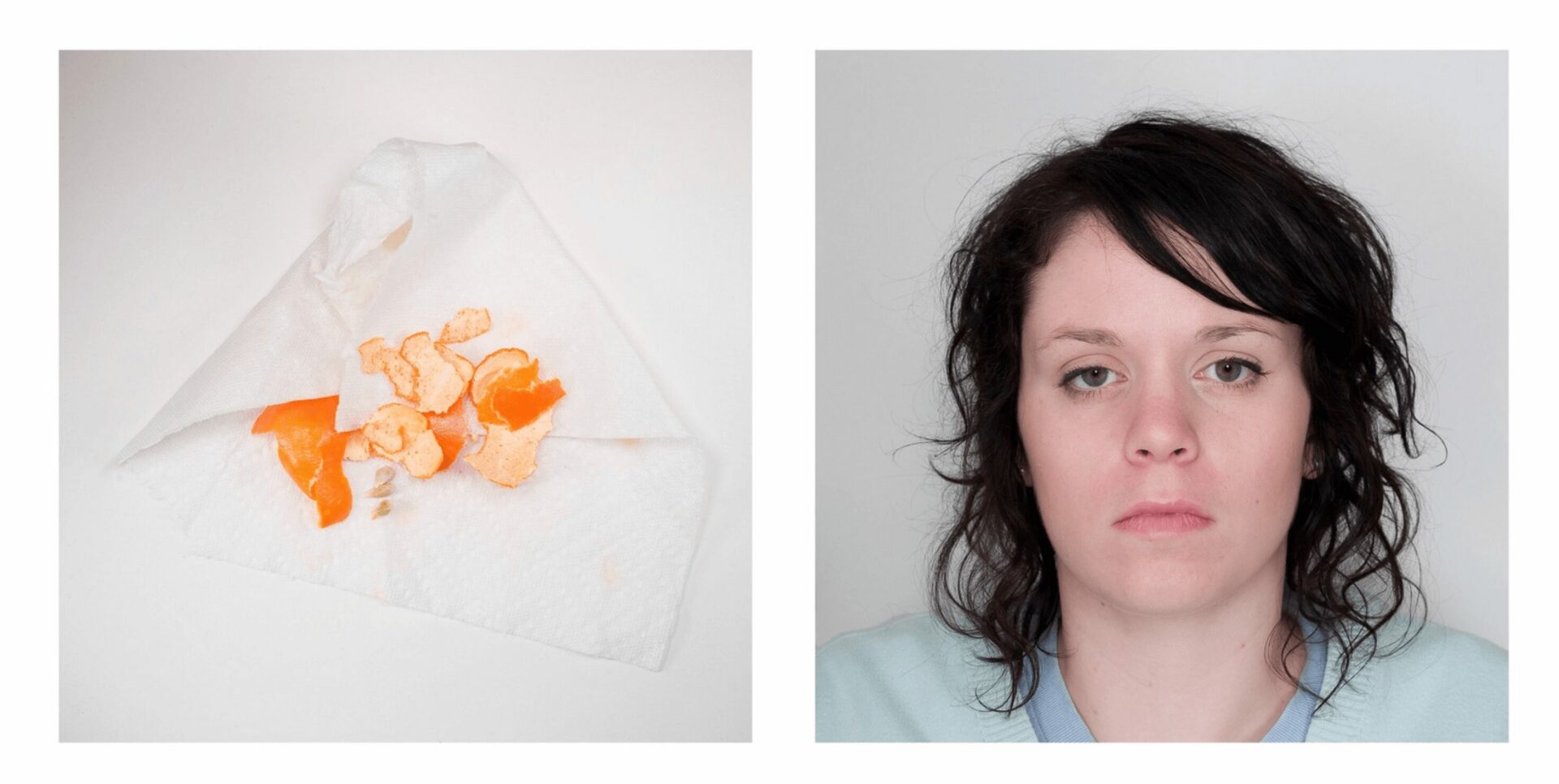
Is there a particular challenge you are currently facing?
For the last few commercial/personal video projects, I’ve run into the issue of shooting *too much* video. The amount of footage is overwhelming and getting started has proven to be much more difficult. In the past, I could quickly find a kernel or moment that’s compelling and, from there, build an organizational structure to hang onto and make decisions. But with so much footage, I struggle to access my discerning eye.
Contact Info:
- Website: http://stephanie-sutton.com
- Instagram: sasmade
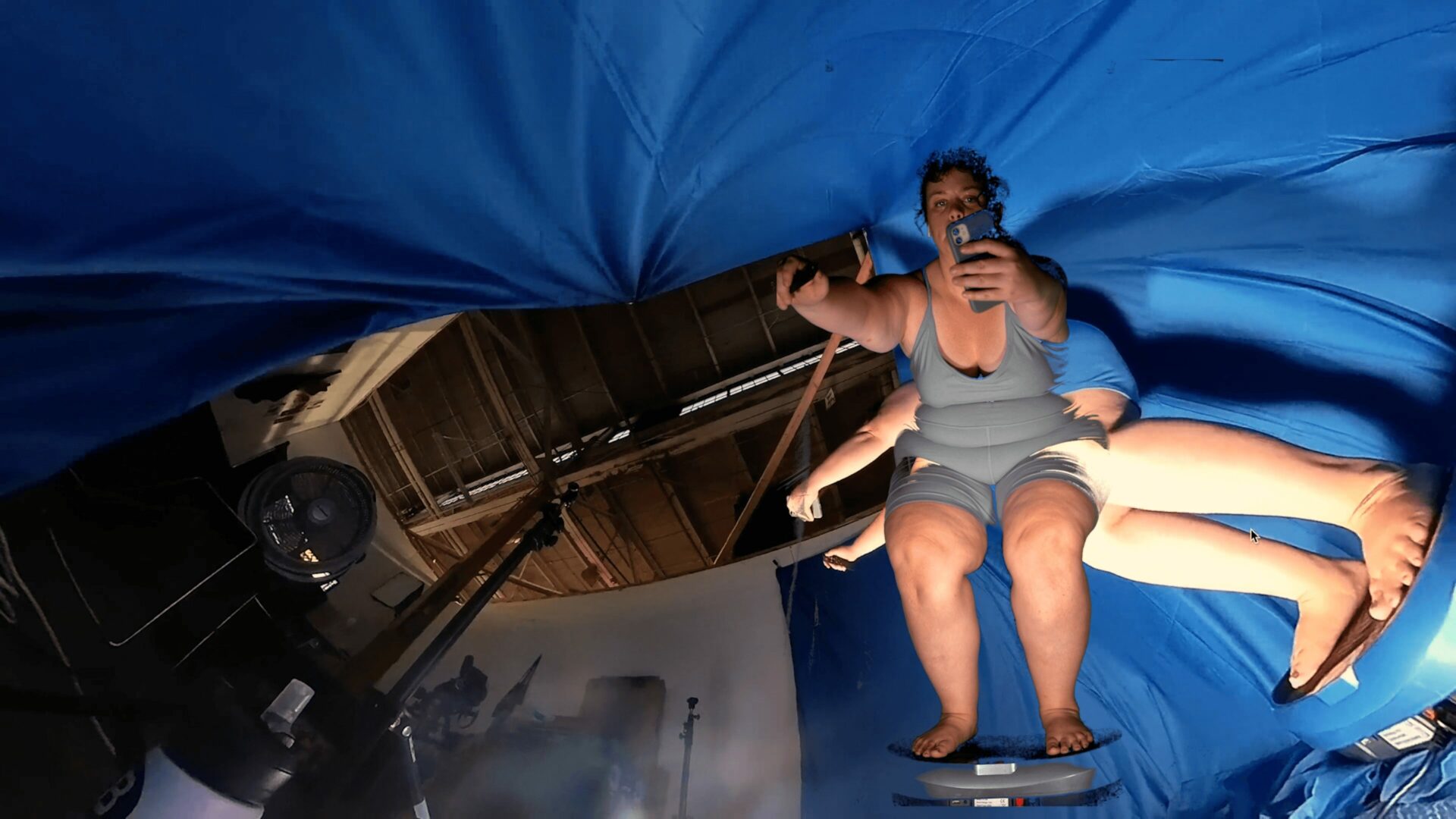
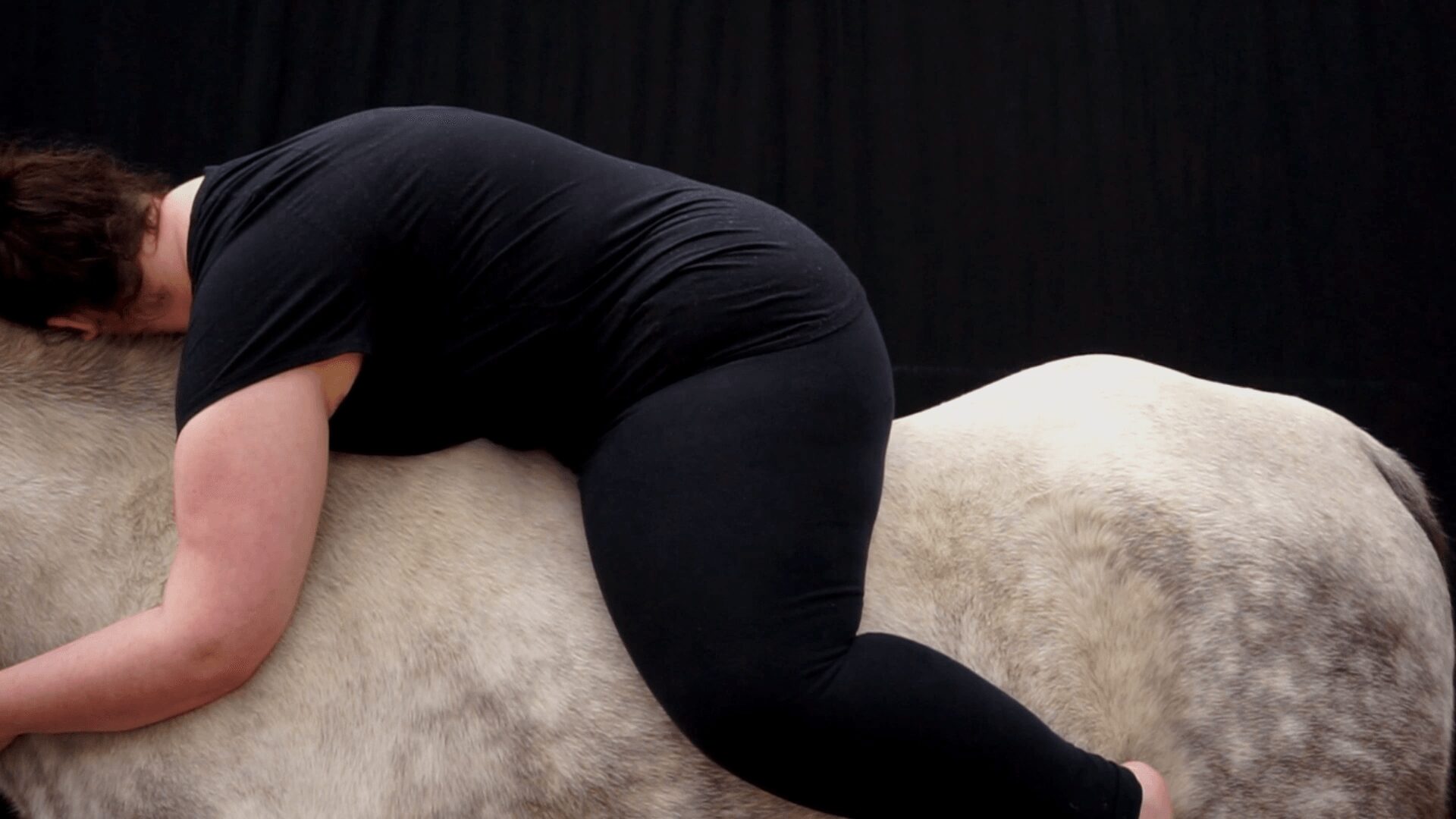
Image Credits
all images by Stephanie Sutton.
so if you or someone you know deserves recognition please let us know here.

